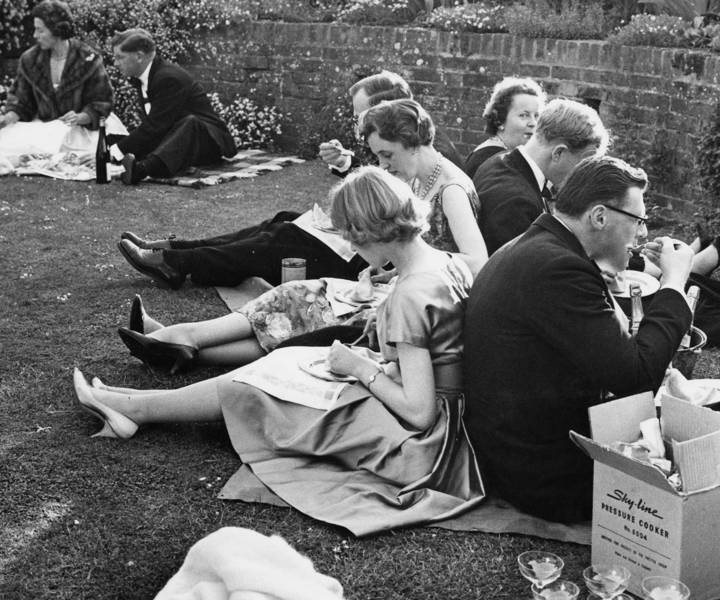Food
Outdoor nibbles: the history behind the Great British picnic
by Sharon Parsons

The history of this favourite alfresco meal features all sorts of surprising tidbits, says writer Sharon Parsons. Here are six fascinating facts about picnics
1. Long before picnics became a mainstay of our culture, versions of it were enjoyed in parts of Europe: in the 18th century, these fashionable indoor gatherings required that each guest contributed by bringing a dish or drink, or pay towards the overall cost. Music and dancing were also an integral part of such occasions, so they became more like subscription parties. It was only when the concept came to these shores following the French Revolution and later adapted by the British - and taken outside - that it came closer to the picnic we recognise now.
2. In the same way as a ‘picque-nique’ originated across the channel, so too did the classic hamper. Its name comes from ‘hanapier’, which means a case for goblets, and the concept was brought over from France by William the Conqueror in the 11th century. The portable carriers were eventually adopted as travellers’ refreshment baskets: long journeys often meant overnight stays in dubious coaching inns where the food was less than inspired, so genteel travellers would carry a suitable repast with them.
3. In London, Fortnum & Mason became the place to go for sumptuous ready-filled picnic baskets. During the 1860s, racegoers attending the Epsom Derby would send their landau to the Piccadilly store as dawn broke to pick up the Derby Hamper, which groaned with vast quantities of the finest food and drink. Charles Dickens, who attended the event, wrote: ‘Look where I will... I see Fortnum & Mason. All the hampers fly wide open and the green downs burst into a blossom of lobster salad!’
4. Certain foods, such as Scotch eggs, have long been part of the British picnic. The origins of Scotch eggs are contentious - both the Yorkshire coastal town of Whitby and smart London store Fortnum & Mason lay claim to inventing ‘Scotched’ eggs as a practical portable snack. The name isn’t a nod to Scotland, either - back in the day, the process of mincing the meat to wrap around the egg before frying was called ‘scotched’.
5. Picnics have long been included in favourite children’s books, which is why, perhaps, we associate them with childhood. Enid Blyton’s Famous Five adventures always saw the intrepid gang enjoying alfresco feasting, while Kenneth Grahame’s Wind in the Willows saw Mole in ecstatic anticipation as his companion listed the contents of the picnic basket: ‘“There’s cold chicken inside it,”’ replied the Rat briefly: ‘“cold tongue, cold ham, cold beef, pickled gherkins salad, French rolls, cress sandwiches potted meat, ginger beer, lemonade, soda water...”’
6. Across the world, picnics have long been enjoyed, tapping into long-held traditions that make the most of sharing food together in the great outdoors: Chinese art dating back 1,000 years show scholars reclining on cushions as they sip wine, and in Japan the Hanami Festival, which celebrates cherry-blossom season, sees the ancient tradition of gathering beneath the pink frothy branches. Americans celebrate summertime holidays such as the 4th of July and Labor Day with a picnic or clambake, while in some Middle Eastern and Asian countries, chosen picnic spots are elaborately dressed with rugs, cushions, canopies and lighting. In some countries such as Mexico, it’s common to see families picnicking in cemeteries as they honour their lost loved ones, too.
Don't miss our best-ever picnic recipes.












